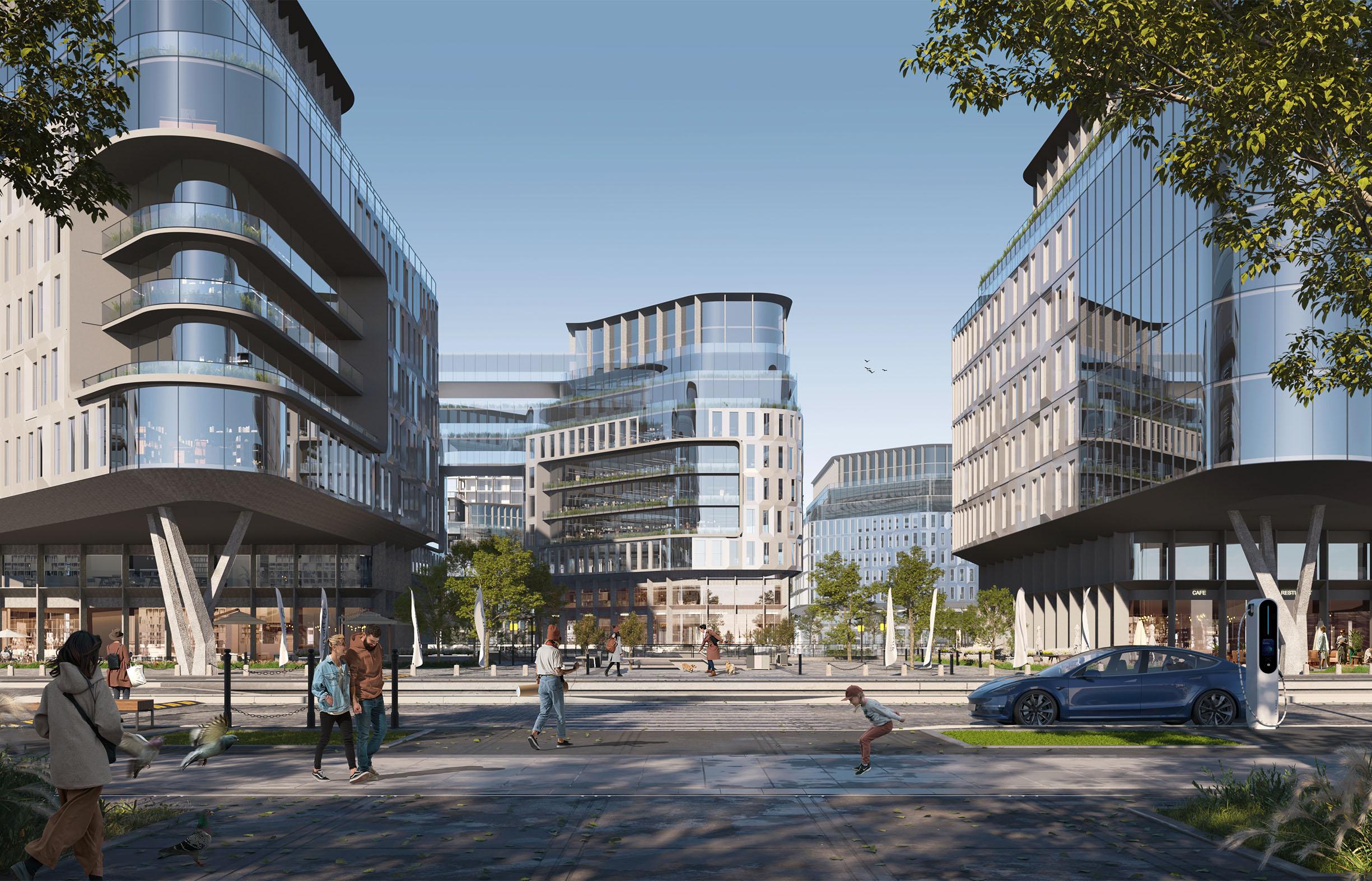
Written by: Farah Hassan
Date: 2024-10-16
The Growing Crisis of Affordable Housing and the Squeezed Middle Class

In the year 1975, the world had only a few cities with populations exceeding 10 million residents. But since then, the landscape of urban centers has undergone a significant transformation in the past few decades. While urban living does come with its own set of challenges, such as a high cost of living, it also offers a range of opportunities and amenities that rural living cannot provide.
According to the United Nations, approximately seven percent of the global population now resides in cities with eight-figure populations, and these large urban centers are referred to as "megacities." These megacities have become the hubs of economic activity, serving as the centers of production for a country's goods and services and housing the majority of its paid employment opportunities.
Cities such as these continue to attract a considerable influx of rural migrants, who, combined with the rapidly growing native population, contribute to an enormous policy challenge: creating sufficient employment opportunities to absorb the large number of new workers entering the labor force.
The economic conditions and rapid population growth in these megacities have led to profound changes in the structure and nature of employment. With public-sector wage bills being forced to contract in many countries, much of the needed increase in employment is likely to occur within the small-scale "informal sector" or within self-employment. These include a diverse array of employment options, a vibrant entertainment scene, and extensive transportation networks. Many people find that the advantages of urban living far outweigh the disadvantages, leading to the continued growth and importance of megacities in the global economy and social landscape.
Rethinking Urban Development
As the world's population continues to urbanize at a rapid pace, many of the world's largest metropolitan centers are facing a growing crisis in affordable housing. According to a report by McKinsey, by the year 2025, a staggering 1.6 billion people could be struggling to find decent housing that does not consume more than 30% of their income—the standard measure of housing affordability. This looming crisis could result in an additional 106 million low-income households in cities globally by the middle of the next decade.
One of the primary drivers has been the failure of housing supply to keep pace with the demand caused by the rapidly increasing urban populations. The implications of this looming housing shortage could potentially exacerbate cycles of poverty and social inequality within these metropolitan centers. The stakes are high, and the consequences of inaction could be severe.
Homeownership and the Squeeze on the Middle Class
This crisis is exerting pressure on household finances, particularly for lower-income groups and the younger generation, and has been further worsened by the ongoing cost-of-living crisis that has seen soaring rates of inflation.
Unfortunately, the current housing affordability crisis is not merely a recent phenomenon, but rather the pinnacle of a longstanding issue that has been steadily worsening over time. House prices in many cities have been on an upward trajectory for several decades, outpacing growth in incomes across most countries. While this trend has created significant wealth effects for homeowners, it has also made the prospect of homeownership increasingly out of reach for a growing number of households, especially as concomitant rises in rental costs have made it increasingly difficult for tenants to save for the necessary deposits.
Even before the current cost-of-living crisis, more than one in three low-income tenants were already spending a whopping 40% of their disposable income on rent alone, a testament to the relentless rise in the cost of living and higher interest rates. Now, with incomes failing to keep pace with the housing costs, both low-income and middle-income households are facing increasingly dire challenges in meeting their rent or mortgage payments, jeopardizing their housing security.
The so-called "squeezed middle class"—those households whose incomes have failed to keep pace with the rise in housing costs—often find themselves in the difficult position of needing to relocate to more affordable areas, often far removed from their employment opportunities and access to essential services and amenities. The inability of these middle-class households to maintain their housing has led to the disruption of their access to job markets, public infrastructure, and community resources, further intensifying the social and economic divides within cities.
The Widening Affordability Gap
Today's youth, particularly those from lower-income backgrounds, have it the worst. Compared to previous generations, young people today often face greater challenges in accessing quality, affordable housing, and the path to homeownership has become increasingly out of reach. This not only limits their ability to build wealth but also hinders the mobility and professional opportunities of young adults seeking to relocate for work.
This urban-rural divide highlights the acute nature of the housing crisis in the nation's cities, where the combination of skyrocketing property values, limited supply, and stagnant incomes has created a growing affordability gap. In fact, during the 2020-2021 period, only around 40% of city residents reported being satisfied with the availability of good-quality, affordable housing in their local area—a stark contrast to the over 50% satisfaction rate among rural residents.





